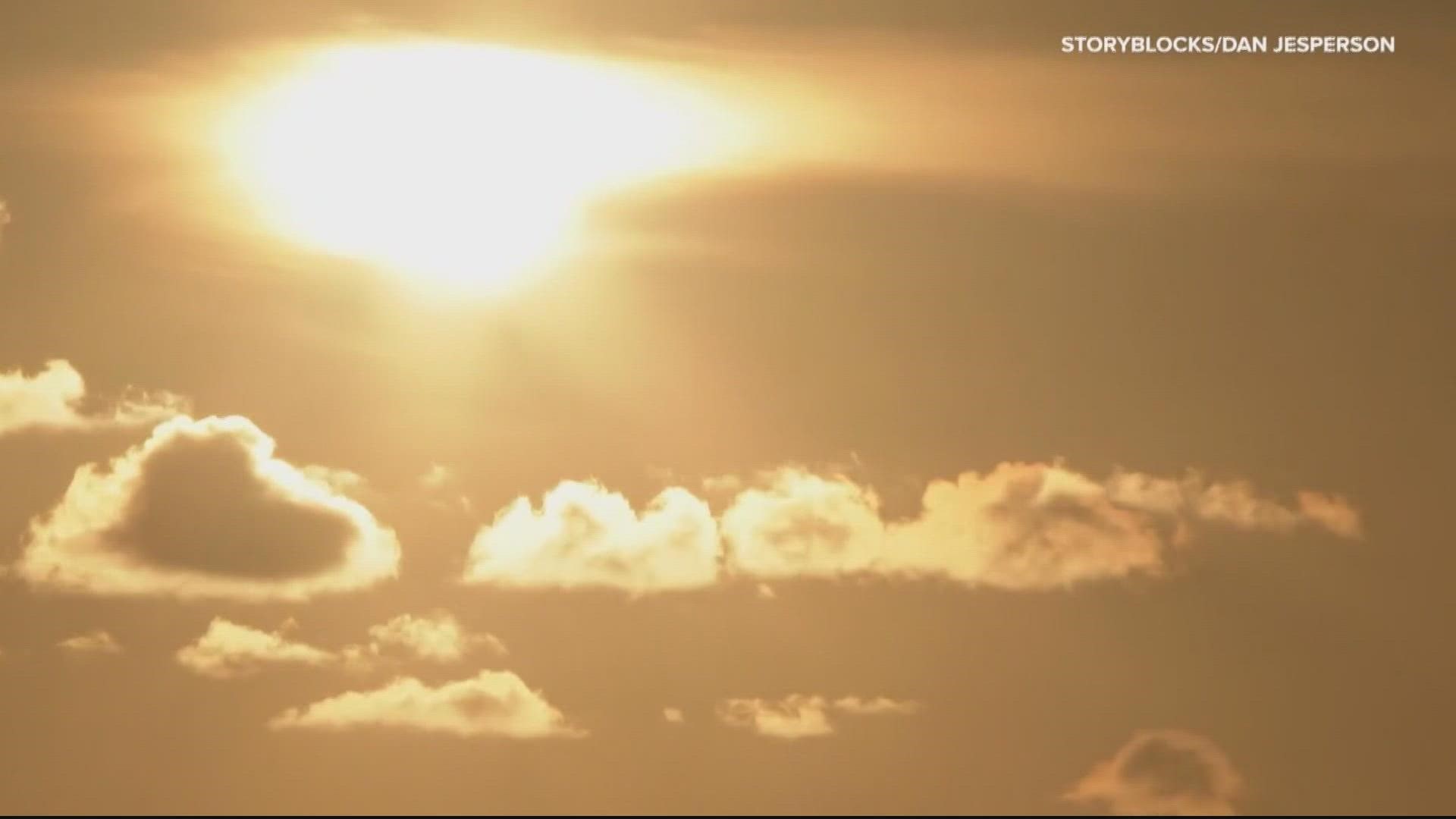WHEATON-GLENMONT, Md. — Sometimes climate change feels like an issue so big we simply can’t do anything about it. Montgomery County aims to change that this summer.
The county is recruiting volunteers right now to help in a very serious scientific effort to map urban heat islands. No advanced degree is required.
Extreme heat is the deadliest weather-related killer, according to the National Weather Service and the Federal Management Agency. Elders, people with disabilities and people with pre-existing health conditions who live in urban heat islands are most at risk, the agencies report.
Laura Sivels, the Climate Engagement Officer for Montgomery County's Department of Environmental Protection says the county aims to identify the neighborhoods with the highest risk factors.
"These urban heat islands, which we'll discover through this mapping, can be up to 20 degrees hotter than then other areas that have more natural environment space," Sivels said.
The community heat mapping effort is called HeatWatch. It is being coordinated across the country by the National Oceanographic and Atmospheric Administration.
Sivels explained that NOAA runs the world’s most sophisticated satellites, but when it comes to urban heat islands, the agency says it needs community volunteers on the ground to account for micro-variables like humidity.
Nearly 70 communities around the country have already submitted data.
“This study is our responsibility to be understanding where these urban heat islands are in our own backyard and making sure that we're working to mitigate them and adapt to them and making sure that we're protecting vulnerable populations," Sivels said.
She explained that accurate mapping can help policymakers decide where to spend money on mitigation measures like bus shelters, green landscaping, and redevelopment of the most affected areas to moderate the risk.
"Ultimately there are more long-term solutions like urban design that's making more intentional use of these spaces to protect people and to make sure that the population is protected from heat," Sivels said.
Montgomery County's “Urban Heat Mapping Campaign” is seeking volunteers to use heat sensors mounted onto their cars as they travel their neighborhoods during the hottest days of the year. The sensors will record temperature, humidity, time and location.
Neighborhoods involved will include about 200 square miles in Montgomery County, encompassing more populated areas like Gaithersburg, Germantown, Rockville, Silver Spring and Wheaton.
Heat inequities will be tracked in 14 states and two international cities.
Climate scientists and residents will work together to identify the hottest areas in the county. Heat equity refers to the development of policies and practices that mitigate heat islands and help people adapt to the impacts of extreme heat in a way that reduces the inequitable distribution of risks across different populations within the same urban area.
To learn more about urban heat islands, click here.
To register as a volunteer “street scientist” and learn more about the initiative in Montgomery County, click here.
WATCH NEXT: How climate change can affect your health

